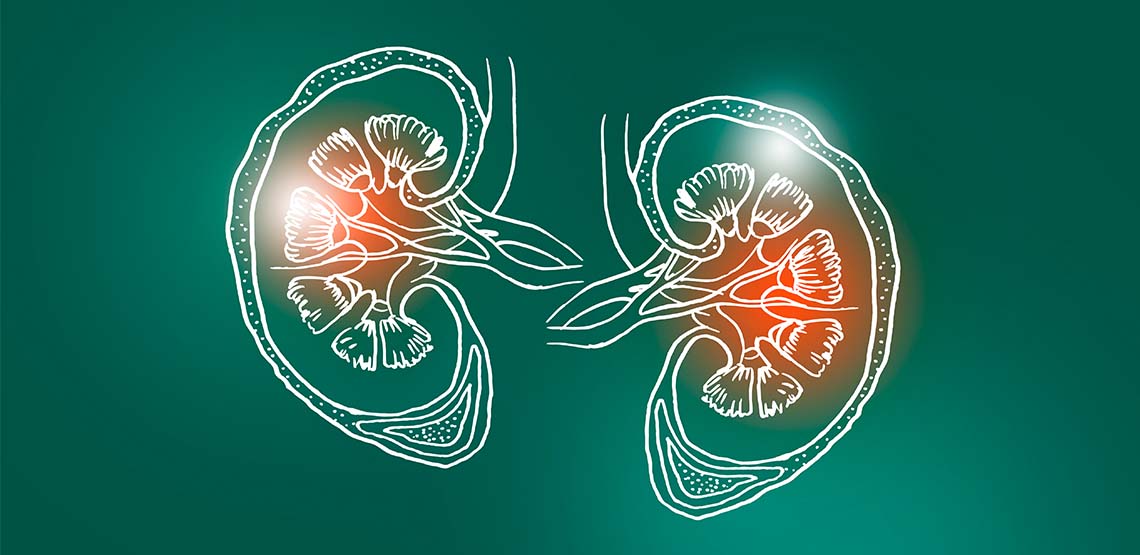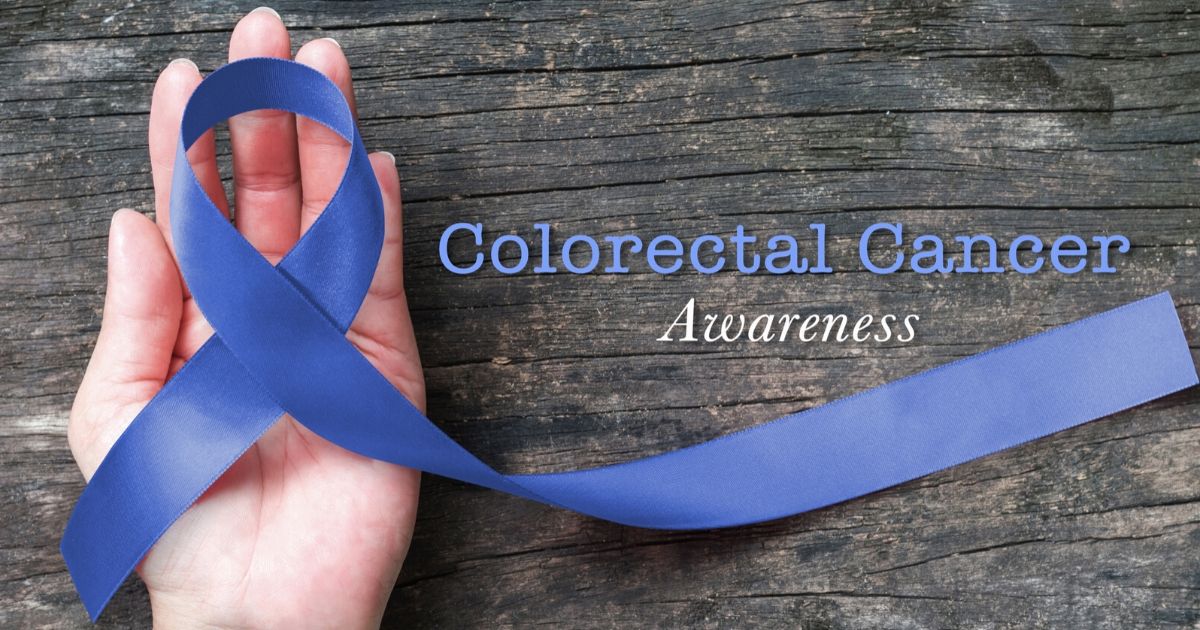Polycystic Kidney Disease Symptoms
Polycystic kidney disease (PKD) is an inherited condition that causes numerous fluid-filled cysts to develop in the kidneys. Luckily, PKD is treatable. Though it typically is progressive, there are options available to reduce the risk of complications and the severity of the disease.
These cysts cause the kidneys to become enlarged, eventually causing the kidneys to lose their normal shape and cause loss of function. Unfortunately, PKD can lead to chronic kidney disease (CKD) and hypertension. It can also cause cysts to develop in other areas of the body, such as the liver.
4 Symptoms of Polycystic Kidney Disease
The most common symptoms of PKD are also complications of PKD – symptoms and complications typically do not develop until kidney cysts become a half-inch or larger.
1. Pain
Pain caused by PKD is typically severe. Luckily, it is short-lived, lasting only several hours to several days. The pain is typically felt in the abdomen, side and back. It is also likely to be the first symptom of PKD.
Pain with PKD is caused by the following:
- Cysts growing larger.
- Cysts that are bleeding.
- Kidney stones.
- A kidney infection.
2. Blood in the Urine
Blood in the urine – medically known as hematuria – is also one of the first symptoms to develop in PKD. Though this symptom can be frightening, it is seldom a cause for concern. Most cases of hematuria and PKD resolve within a week. However, it is a good idea to discuss with your healthcare provider so that they can rule out other causes for hematuria.
3. Hypertension
Though hematuria and pain are typically the first noticeable symptoms, many experts believe that hypertension is the first actual symptom. However, hypertension rarely causes its own set of symptoms, so it is likely detected at routine screenings.
When hypertension causes symptoms, these symptoms include:
- Persistent headaches.
- Nosebleeds.
- Shortness of breath.
- Double vision.
Once hypertension is detected, it is important to treat it. Untreated, or poorly treated, hypertension can lead to heart attack, stroke and kidney failure.
4. Kidney Stones
Having PKD increases the risk of developing kidney stones. Fortunately, small stones can pass through the kidneys without problems. However, large stones can cause major problems when they obstruct the kidney or the ureters, such as:
- Hematuria.
- Needing to urinate more often than usual (polyuria).
- Feeling generally unwell.
- Feeling restless.
- Intense pain in the back and the side of the abdomen; this pain typically waxes and wanes.
Related Search Topics (Ads)
Chronic Kidney Disease
Most people with PKD eventually go on to develop chronic kidney disease (CKD). There are various stages of CKD. However, many people are not diagnosed with CKD until they reach stage 4, meaning 75% of the kidney function has been lost.
Once CKD reaches stage 5, it is termed end-stage renal disease. At this point, dialysis is typically required. Dialysis assists with removing waste products and toxins from the body and is necessary for survival.
Symptoms of CKD include:
- Poor appetite.
- Weight loss.
- Swelling of the extremities.
- Feeling generally unwell.
- Shortness of breath.
- Frequent urination, especially at night (nocturia).
- Itchy skin.
- In women, the absence of menstruation.
- In men, erectile dysfunction.
Treatment for Polycystic Kidney Disease
There are various treatment options that are available to treat PKD. It is of the utmost importance that cyst growth is controlled. The most common medication that treats cystic growth is tolvaptan (Samsca, Jynarque). This medication functions by slowing down the growth of cysts and reducing the decline of kidney function.
It is also important to treat hypertension; uncontrolled hypertension can worsen kidney function. Medications from the drug classes angiotensin-converting enzyme (ACE) inhibitors and angiotensin II receptor blockers (ARBs) improve kidney function and control blood pressure.
Pain associated with PKD is treated initially with over-the-counter medications, such as acetaminophen. If pain worsens, your healthcare provider may prescribe stronger opioids. However, treating the underlying cause for the pain, such as kidney stones, can remove the pain. Non-steroidal anti-inflammatory drugs (NSAIDs) should be avoided because they can worsen kidney functioning. They can also interact with certain blood pressure medications.
It is also recommended that you consume a low-sodium and low-fat diet, that is also moderate in protein. Your doctor will probably recommend that you consume plenty of water because adequate water intake helps to slow the growth of cysts.
The Bottom Line
PKD is an inherited medical condition. As such, there is no cure. However, if PKD is identified early, there is much that can be done to lessen the likelihood of complications.


